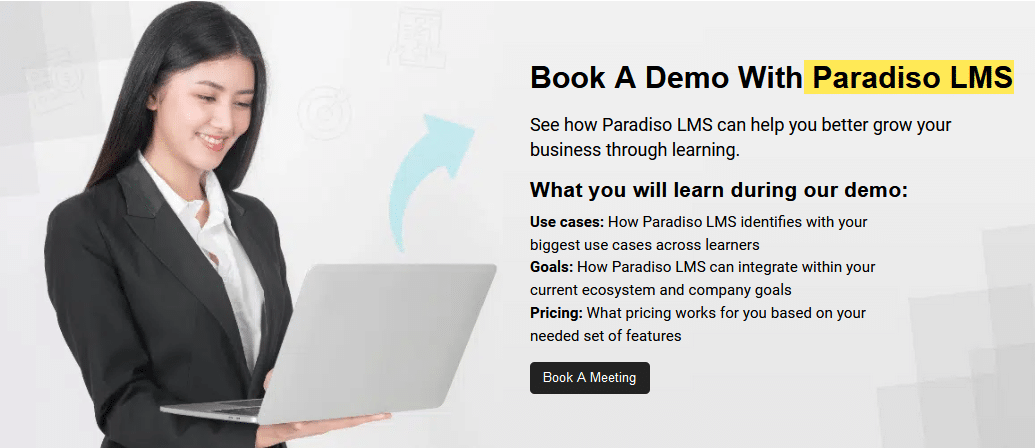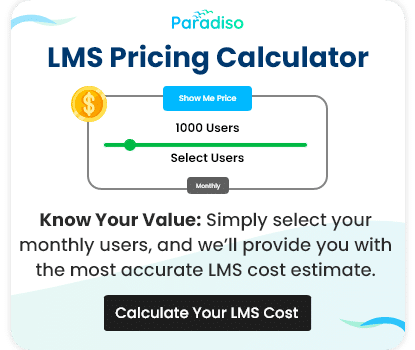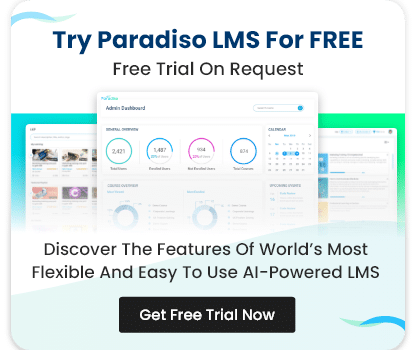Learning Management Systems (LMS) are everywhere, helping companies and schools deliver online training and educational content. However, translating LMS content into different languages becomes crucial as more businesses expand globally. Why? Because you want everyone, no matter where they are or what language they speak, to benefit from your training materials. This article will explain LMS translation, its importance, and how to do it right.

We have
something for you!
Are you still figuring out which LMS is the best? Grab the chance to explore the LMS Buyer's Guide and get started.
















